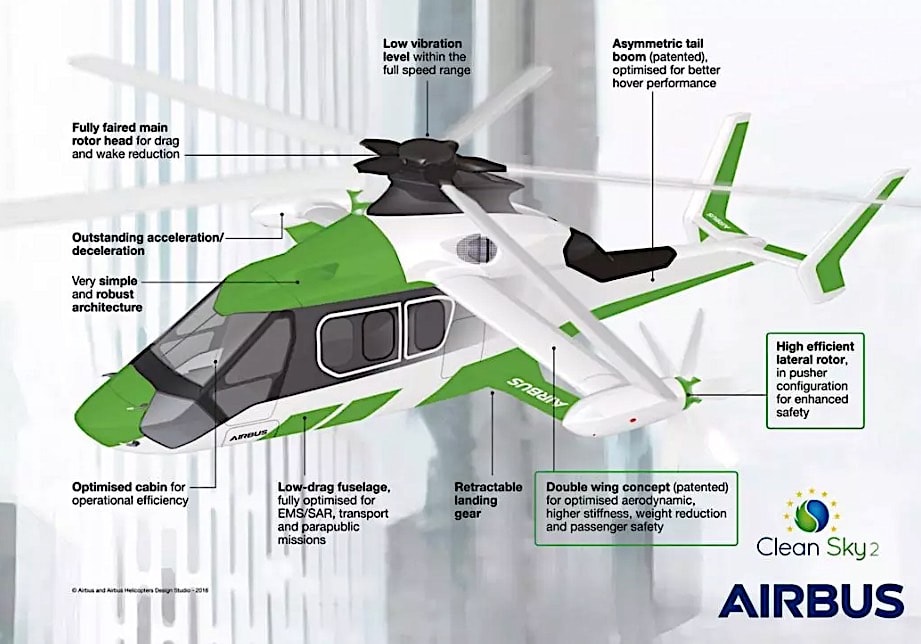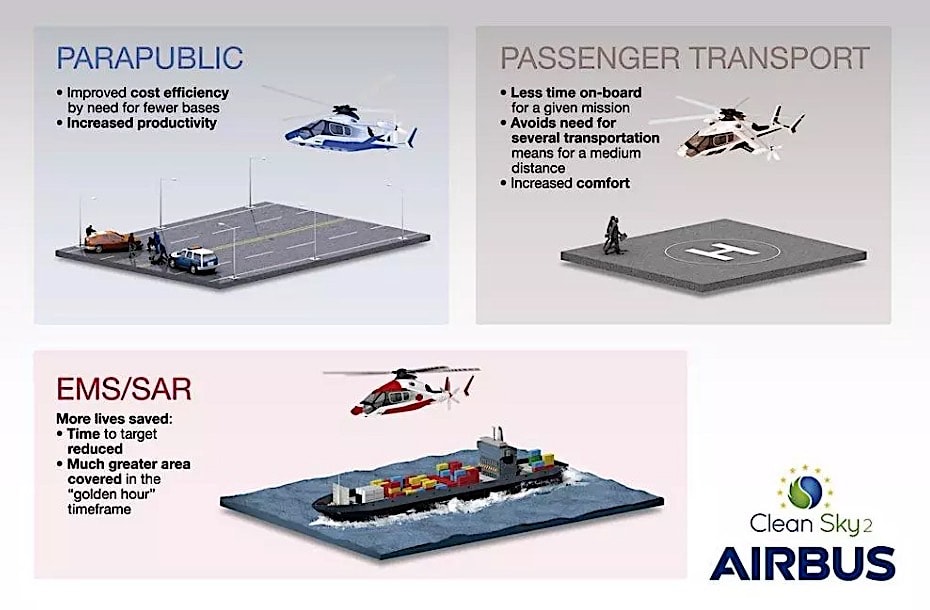The United States has long held a dominant position in military hardware development, with a vast array of R&D initiatives spanning from advanced missiles and radars to cutting-edge ships and aircraft.
Europe, a steadfast American ally, has historically relied heavily on this technological prowess. However, recent shifts in the geopolitical world have spurred a concerted effort to reduce this dependency.
With ambitious projects like the sixth-generation fighter aircraft, known as the Future Combat Air System (FCAS), already underway, Europe is making strides in developing its defense capabilities.

The latest development in this trajectory is the Next Generation Rotorcraft Capability (NGRC) project, a collaborative endeavor aimed at producing a versatile medium-lift helicopter to serve the needs of both European nations and NATO allies.
This aircraft, slated for introduction by the 2040s, is intended to replace the aging fleet of helicopters that currently form the backbone of many allied militaries. NATO is poised to redefine its aerial capabilities with the development of a new medium-lift helicopter. This versatile aircraft will serve as a cornerstone for a wide spectrum of missions, from high-risk special operations insertions to critical medical evacuations.
Its ability to operate in remote and challenging environments, such as dense forests or mountainous regions, will significantly expand NATO’s operational footprint. The project, spearheaded by Airbus in collaboration with key European and American aerospace giants, represents a substantial investment in cutting-edge technology and interoperability.

Designed to be highly modular and adaptable, the new helicopter will incorporate advanced communication systems and be fully compatible with NATO standards. As the alliance seeks to modernize its aging fleet, this next-generation rotorcraft is anticipated to become a pivotal asset, enhancing operational readiness and effectiveness in an increasingly complex security world.

